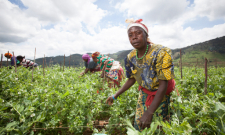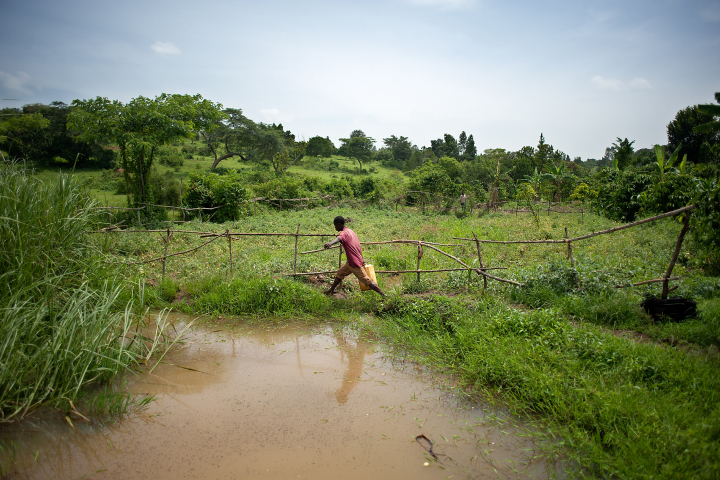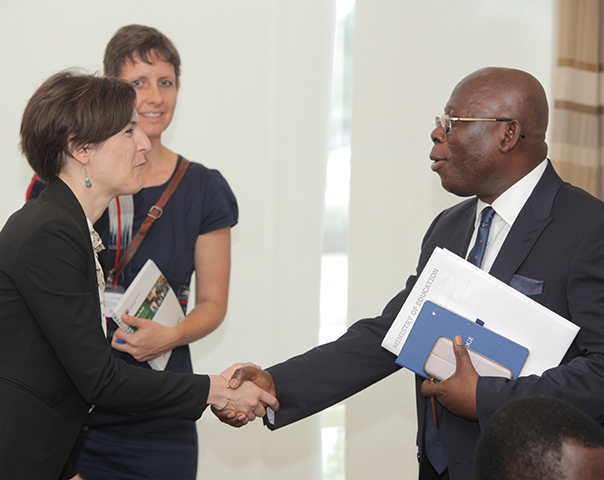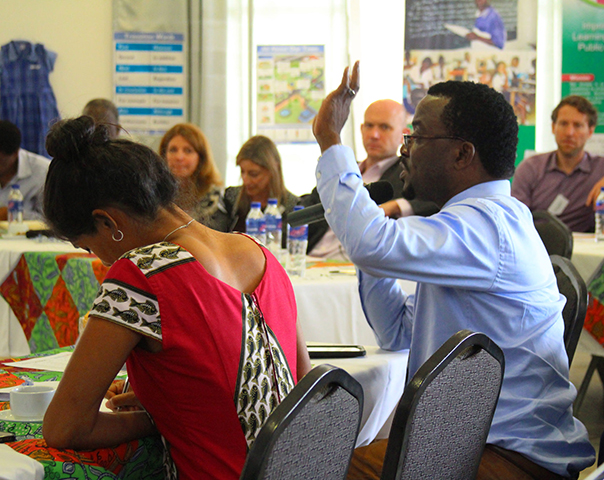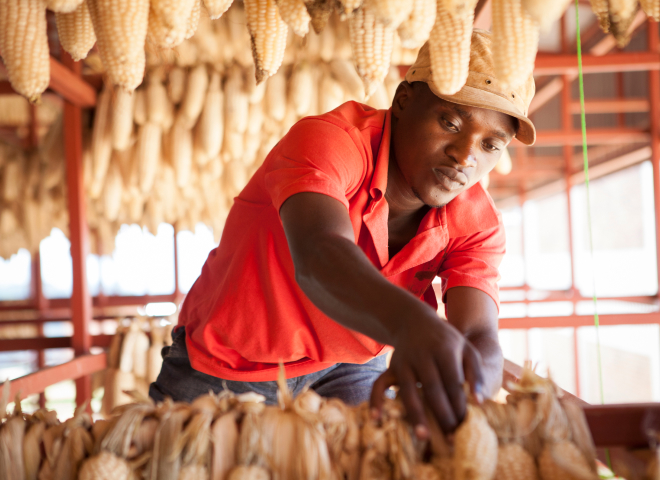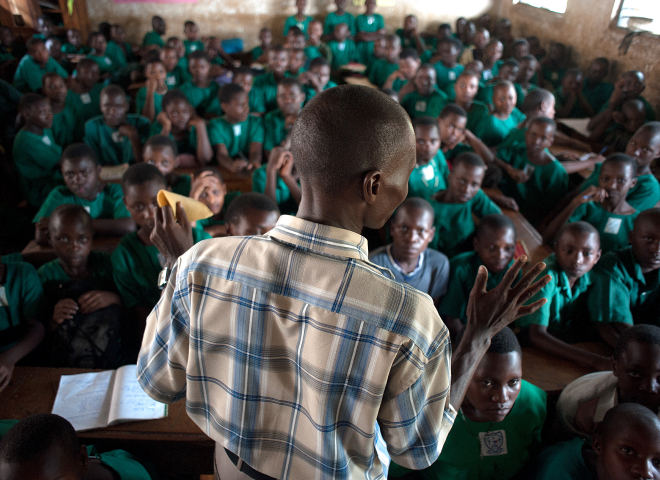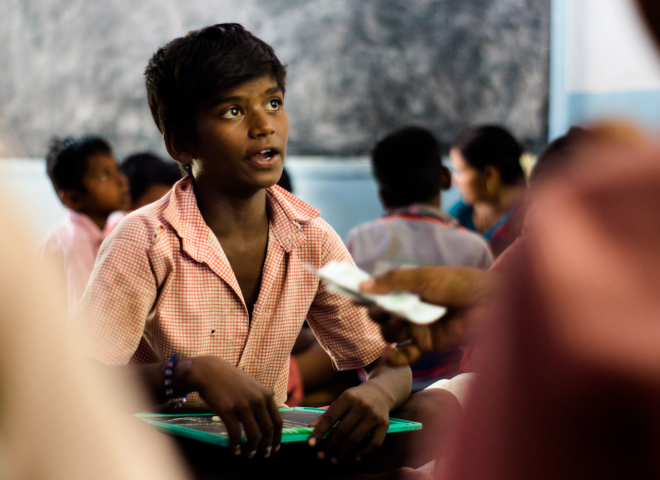The Challenge
In low-and middle-income countries, pregnancy is a leading cause of girls dropping out of secondary school, particularly for those from indigenous or low-income backgrounds. In Peru, pregnancies increased by 24 percent in 2021 for girls aged 10 to 14.1 Rural regions such as Ayacucho—which has a large indigenous and low-income population—have one of the country’s highest rates of adolescent pregnancy at 9.49 percent,2 and there are few sexual and reproductive health services provided by professionals who speak their language. This creates a significant need for interventions that can deliver quality health information and increase accessibility to services to help reduce the incidence of pregnancy.
The Evaluation
With IPA Peru and Kallpa—a sexual and reproductive health organization—researchers conducted a randomized evaluation to measure whether sexual education classes and buses providing information and referrals to local health services reduce pregnancy among adolescent girls. The intervention was carried out over two years and involved 120 secondary schools in Ayacucho. The schools were randomly assigned to the following groups:
- Bus services: Buses visit schools to provide information services to students and young adults in the community. The buses have a psychologist and an obstetrician (a reproductive health doctor) onboard, who provide counseling services that rural areas often lack. This includes educating students about sexual and reproductive health, giving referrals to local health clinics, and promoting healthy practices.
- Bus services and sexual education: Buses visit schools to provide information services. In addition, teachers take a 4-month certificate course on sexual education covering sexual rights, family planning and contraceptive use, the role of sexuality, and preventing sexual violence. After completing the certificate, teachers hold at least four sexual education classes for students in the remainder of the school year.
- Comparison: Schools in this group receive no intervention.
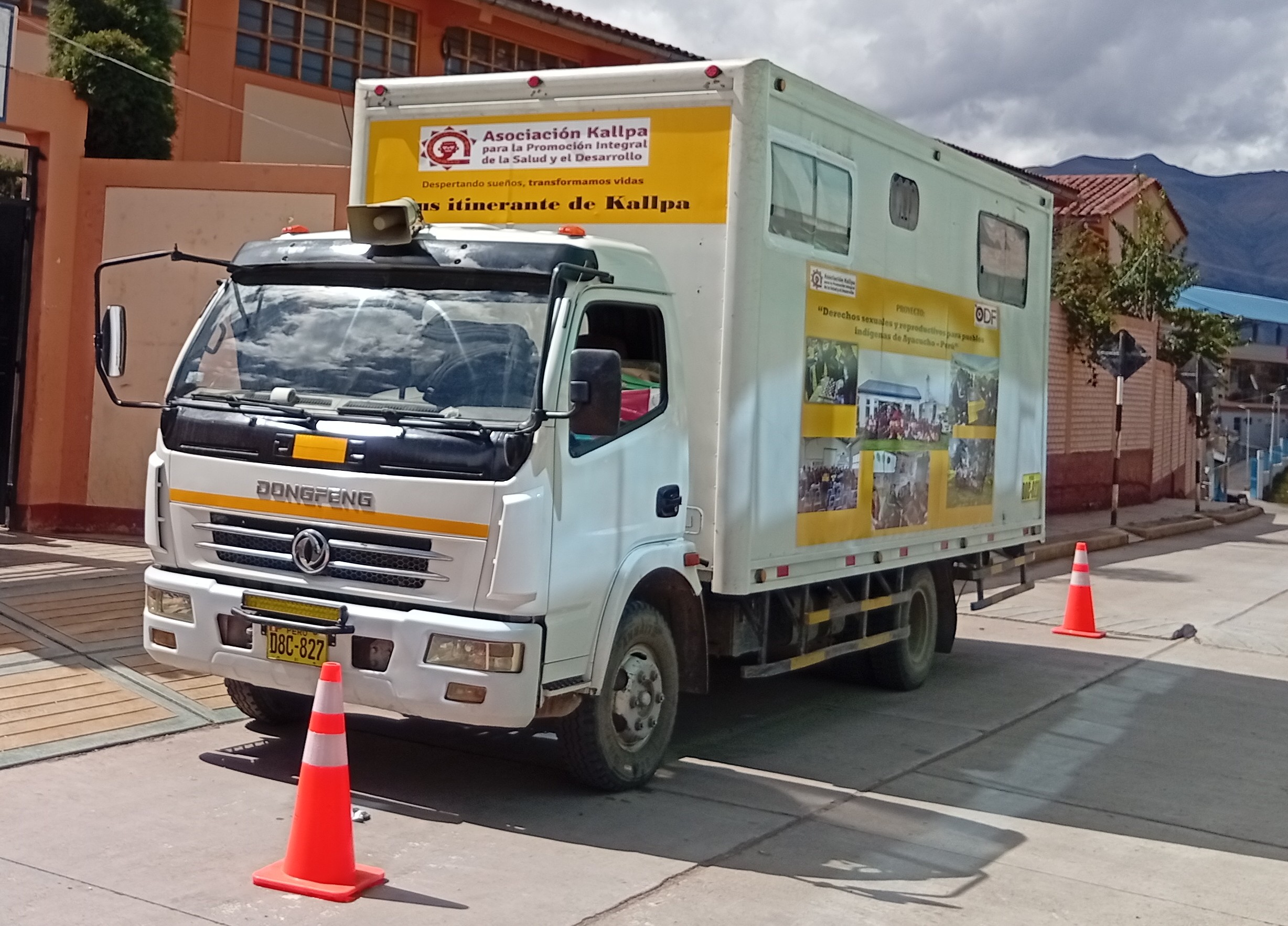
Results
Preliminary results suggest that bus services helped reduce teenage pregnancy and improve school outcomes. In schools receiving the bus services, birth rates among girls aged 18–19 fell by 6.4 percentage points during the first two years (a 54 percent reduction compared to schools without the program). In the period beyond two years among girls aged 16–17 they fell by 1.3 percentage points (a 57 percent reduction). School dropout among 18–19 year-olds decreased by 14.3 percentage points, and grade repetition dropped by 1.3 points for 12–13 year-olds and 2.5 points for 14–15 year-olds. Students also reported improved knowledge about contraception, including correct condom use.
The sexual education component did not seem to produce measurable additional effects, mainly because only 24 percent of teachers completed the course and more than 60 percent were replaced before the end of the study.
These findings are preliminary and will be updated as more data become available.
Sources
1. UNFPA Peru, “Adolescent pregnancy and motherhood must be made visible to build a better future for girls and adolescents in Peru,” United Nations Population Fund, September 21, 2022, https://peru.unfpa.org/en/news/adolescent-pregnancy-and-motherhood-must-be-made-visible-build-better-future-girls-and#:~:text=Every%20year%2C%20around%2050%2C000%20girls,to%201%2C437%20equivalent%20to%2024%25.
2. Demographic and Family Health Survey (2023)
Implementing Partner

Funding Partner




